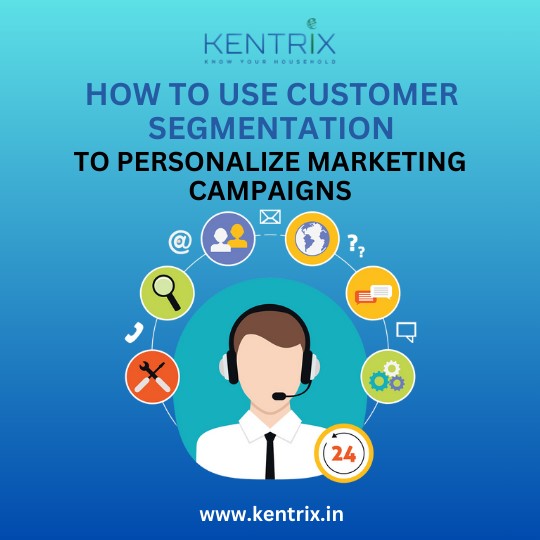In today’s competitive business landscape, personalization is no longer optional—it’s a necessity. Customer segmentation enables businesses to tailor their marketing efforts to meet the unique needs, preferences, and behaviors of different customer groups. This blog explores how customer segmentation can be used to create personalized marketing campaigns that drive engagement, boost conversions, and foster brand loyalty.
What is Customer Segmentation?
Definition and Importance
Customer segmentation is the process of dividing a business’s customer base into distinct groups based on shared characteristics. These groups, or segments, may include demographic, behavioral, geographic, or psychographic factors. By understanding these segments, businesses can craft personalized marketing messages that resonate with specific audiences.
Benefits of Customer Segmentation
Enhanced Customer Experience: Personalization fosters deeper connections and better engagement.
Higher Conversion Rates: Targeted campaigns are more likely to convert leads into customers.
Efficient Resource Allocation: Focused marketing efforts reduce wasted resources.
Improved Customer Retention: Relevant communication builds loyalty and trust.
Key Types of Customer Segmentation
1. Demographic Segmentation
Divides customers based on attributes like age, gender, income, and education. For example, a luxury fashion brand may target high-income individuals aged 25–45.
2. Behavioral Segmentation
Focuses on customer behaviors, such as purchase history, product usage, and loyalty. For instance, e-commerce platforms can create exclusive offers for frequent buyers.
3. Geographic Segmentation
Segments customers by their location, enabling region-specific marketing. A food delivery service can tailor promotions based on local preferences.
4. Psychographic Segmentation
Groups customers based on lifestyles, values, and interests. Fitness brands often target health-conscious individuals with active lifestyles.
5. Technographic Segmentation
Consider the technology customers use, such as devices or software preferences. A software company may target Mac users with tailored solutions.
Steps to Implement Customer Segmentation for Personalization
Step 1: Collect and Analyze Customer Data
Gather data from various sources such as CRM systems, social media, website analytics, and surveys. Use this data to identify patterns and similarities.
Step 2: Define Segmentation Criteria
Determine the factors most relevant to your business goals, such as demographics, purchase behavior, or geographic location.
Step 3: Create Customer Personas
Develop detailed profiles for each segment, including their preferences, challenges, and needs. This step helps in crafting targeted marketing messages.
Step 4: Align Campaigns with Segments
Design marketing strategies tailored to each segment. For example, send personalized email offers to high-value customers or launch region-specific ads.
Step 5: Test and Refine
Monitor campaign performance using metrics like open rates, click-through rates, and conversions. Use this feedback to refine segmentation strategies.
Leveraging Kentrix Tools for Effective Customer Segmentation
Kentrix offers a range of advanced tools that empower businesses to segment customers with precision, enabling highly personalized marketing campaigns.
1. LSI® (Lifestyle Segmentation India)
Features: LSI® segments 915 million Indian consumers based on lifestyle, preferences, and behavior.
Benefits:
Identifies niche customer groups for targeted campaigns.
Enables businesses to tailor messages based on lifestyle and consumption patterns.
Use Case: A consumer electronics brand can use LSI® to identify segments interested in premium products and create campaigns highlighting advanced features.
2. Karma
Features: Karma enriches customer profiles with details like income, expenditure, and purchase habits.
Benefits:
Provides a deep understanding of customer purchasing power.
Helps design offers that align with customer budgets.
Use Case: A retail chain can use Karma to offer personalized discounts to price-sensitive segments, increasing conversion rates.
3. Geomarketeer
Features: A location intelligence tool that maps demographic and socio-economic data.
Benefits:
Identifies high-potential areas for localized campaigns.
Optimizes resource allocation for regional marketing efforts.
Use Case: A restaurant chain can use Geomarketeer to target areas with high dining-out frequency, tailoring promotions to specific locations.
4. Persona 360
Features: Combines demographic, psychographic, and behavioral data for precise segmentation.
Benefits:
Enables hyper-personalized social media campaigns.
Enhances customer engagement through relevant messaging.
Use Case: An online education platform can use Persona 360 to create campaigns targeting working professionals seeking skill upgrades.
How to Personalize Marketing Campaigns with Customer Segmentation
1. Email Marketing
Segment email lists based on purchase history or preferences. For example, send tailored recommendations to customers who bought similar products.
2. Social Media Advertising
Use tools like Persona 360 to create custom audiences for social media campaigns. Target customers with ads that resonate with their interests and behaviors.
3. Product Recommendations
Leverage segmentation to display personalized product recommendations on your website or app, increasing cross-sell and upsell opportunities.
4. Loyalty Programs
Design tiered loyalty programs based on customer segments. High-value customers can receive exclusive rewards, while others get incentives to increase spending.
5. Regional Campaigns
Utilize Geomarketeer to launch region-specific campaigns, tailoring offers to local preferences and cultural nuances.
Benefits of Using Customer Segmentation for Marketing
1. Enhanced ROI: Targeted campaigns ensure efficient use of marketing budgets, driving higher returns.
2. Improved Customer Satisfaction: Personalized experiences make customers feel valued, increasing loyalty.
3. Stronger Brand Positioning: Understanding customer needs helps in creating a brand image that resonates with your audience.
4. Competitive Edge: Businesses that excel in personalization are more likely to retain customers and outperform competitors.
Why Data-Driven Segmentation Matters
In the era of big data, customer segmentation must be backed by accurate insights. Tools like those from Kentrix provide businesses with the analytical power to uncover hidden opportunities and risks.
Precision: Eliminate guesswork with data-backed segmentation.
Scalability: Adapt strategies as customer bases grow and evolve.
Agility: Respond quickly to market changes with real-time data insights.
Also Read : The Role of Demographic Profiling in Predicting Consumer Behavior
Conclusion
Customer segmentation is the cornerstone of personalized marketing campaigns. By understanding and addressing the unique needs of different customer groups, businesses can build stronger relationships, increase engagement, and drive growth. Tools like LSI®, Karma, Geomarketeer, and Persona 360 from Kentrix empower businesses to segment customers with unparalleled accuracy, enabling data-driven personalization at scale.
Start leveraging the power of customer segmentation today to create impactful campaigns that resonate with your audience and achieve measurable results.



